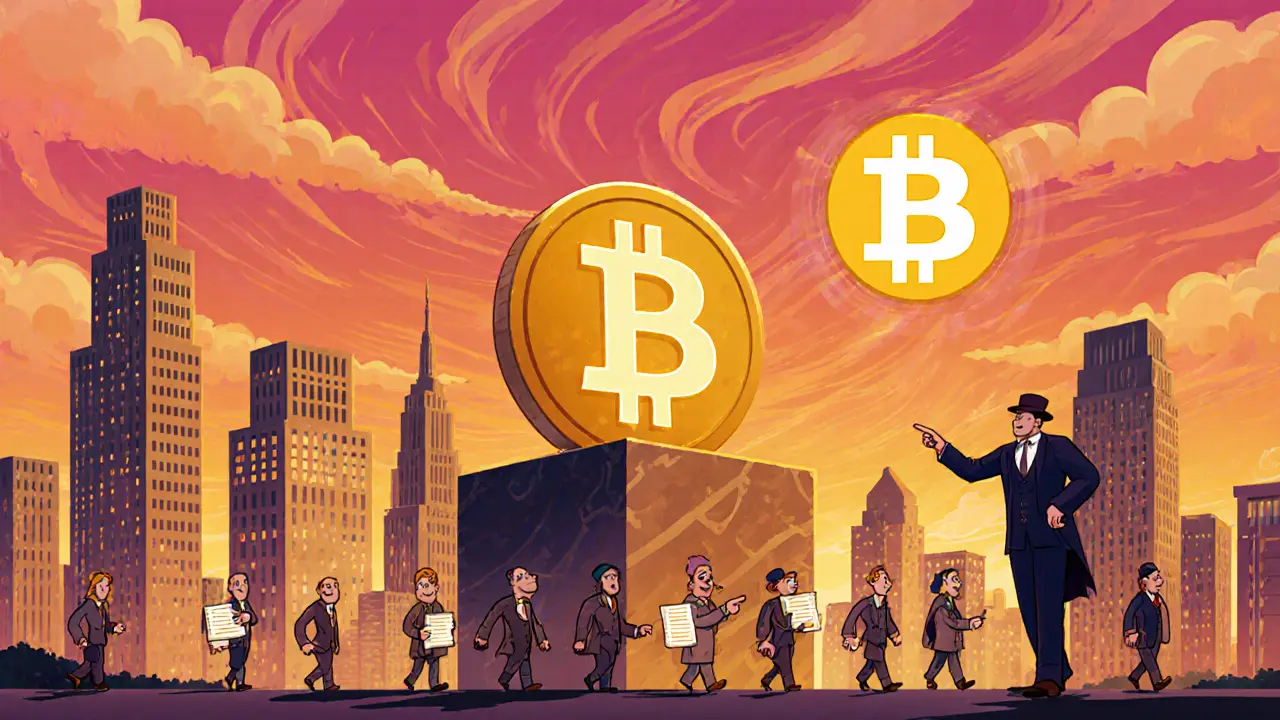DFI Token
When navigating the world of crypto, DFI token, the native governance and utility token of the DeFiChain network. Also known as DeFiChain Token, it powers staking, liquidity provision, and fee discounts across the platform. Decentralized Finance, financial services built on blockchain without traditional intermediaries is the broader ecosystem that DFI token supports, while Crypto Exchange, online marketplaces for buying, selling, and trading digital assets list DFI token for public trading. Additionally, Airdrop, a distribution method that gives free tokens to eligible wallets can affect DFI token’s circulating supply and community reach. If you’re chasing the DFI token, understanding these connections helps you move smarter.
Why DFI Token Matters in DeFiChain
DFI token isn’t just another coin; it acts as the economic backbone of DeFiChain. Holders can lock DFI to earn staking rewards, and the more you stake, the higher your voting power on protocol upgrades. This governance role creates a direct link between token ownership and network direction, a rare feature in many blockchains. Tokenomics are simple: a fixed supply of 100 million DFI, with a portion allocated to early adopters, developers, and community incentives. Because DFI fuels fee discounts, active traders on DeFiChain enjoy lower transaction costs, boosting overall liquidity.
The token’s utility extends to liquidity pools, where DFI pairs with other assets to enable fast swaps. Providing liquidity earns you a share of trading fees, effectively turning your DFI into a yield‑generating asset. This dual function—governance plus earnings—makes DFI token a versatile tool for both long‑term holders and active traders.
Security is a top priority. DFI lives on a proof‑of‑stake‑masternode architecture, which means validators must lock a substantial amount of DFI to run a node. This design raises the economic cost of attacks, adding an extra layer of protection compared to pure proof‑of‑work chains.
When you store DFI, a proper wallet and a safe seed phrase, the backup phrase that restores access to your crypto wallet are non‑negotiable. Never share your seed phrase; treat it like a private key to your bank vault. Using hardware wallets further reduces exposure to phishing and malware.
On the exchange side, DFI token appears on several reputable platforms, each with its own fee structure and liquidity depth. Comparing fees across exchanges can save you a few percentage points per trade, which adds up over time. Look for exchanges that support direct DFI/USDT pairs to avoid unnecessary conversion steps.
Community‑driven airdrops occasionally target DFI holders, rewarding them for early participation. While airdrops can boost short‑term price, they also bring new users into the ecosystem, expanding the network effect. Always verify airdrop legitimacy—official announcements usually come from DeFiChain’s core channels.
Looking ahead, DeFiChain plans to launch cross‑chain bridges, allowing DFI token to move between Bitcoin, Ethereum, and other ecosystems. This expansion could unlock new liquidity sources and increase DFI’s real‑world utility. Keep an eye on the roadmap; upcoming upgrades often correlate with price momentum.
All this context sets the stage for the deep dives below. Whether you’re after staking tactics, exchange comparisons, airdrop alerts, or security best practices, the articles that follow cover the most relevant angles of the DFI token experience.

DeFiChain (DFI) Airdrop Guide 2025: How to Claim, Types & Benefits
Caius Merrow Jul, 26 2025 17A detailed guide on DeFiChain airdrops: how to claim Bitcoin-holder, Cake DeFi, and CoinMarketCap rewards, plus tips, pitfalls, and future outlook.
More Detail